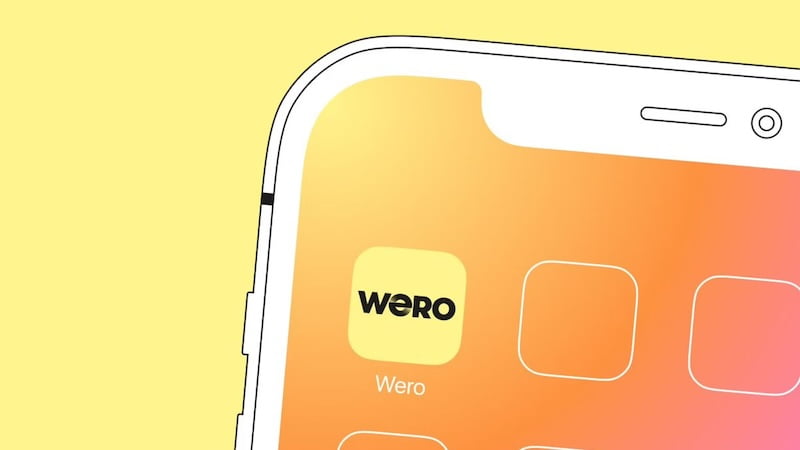
The payment service Wero promises to send and receive money across borders in real time. The system is said to be particularly secure and to be a European alternative to services such as PayPal. We'll tell you how the Wero Wallet works.
Up until now, online payments were mostly only possible by credit card or through third-party providers such as PayPal, Google Pay or Apple Pay. However, such digital wallets or credit card payments also have their pitfalls. Both credit card data and login data for digital wallets are a popular target for criminals who can steal data and information through so-called phishing attacks.
The market for digital wallets is also dominated primarily by US companies. The payment service Wero is therefore intended to be an alternative and is the European answer to providers such as PayPal and Co. The focus is primarily on the issue of security.
PayPal-Alternative: Was ist Wero?
Wero is a project of the European Payment Initiative (EPI), an association of several European banks and financial institutions. The aim of the initiative is to simplify online payments within Europe and to increase security.
The Wero Wallet launched in Germany, France and Belgium in July 2024. According to official information, other countries will soon follow. So far, 16 European banks and financial institutions support the system. The goal is that more than 75 percent of private bank customers in Germany, France and Belgium will be able to use the payment service in the future.
Wero is not only intended to simplify and make online payments more secure in terms of data protection. The wallet is also intended to solve another problem: in the future, users will be able to process person-to-person (P2P) payments between different European banks free of charge and within seconds – without third-party providers.
How does Wero work?
Thanks to Wero, consumers who want to send money to each other privately will no longer have to register with the same third-party provider. This is because the payment service cooperates with numerous European banks and financial institutions. In Germany, these currently include Deutsche Bank, Sparkasse and the Volks- and Raiffeisenbanken – more are to follow.
Bank customers can use Wero by logging in with their online banking details. The wallet initially only allows direct person-to-person transfers. The payments are based on SEPA real-time transfers. They are debited from the current account in less than ten seconds.
From 2025, additional functions such as the option to make payments in online shops will be added. From 2026, Wero will also be available in stationary retail. Whether the payment service turns out to be a real alternative to credit cards, PayPal, etc. will become clear by then at the latest.
Activate and set up Wero Wallet – here's how
- Start app: Open your banking app and click on Wero.
- Activate Wallet: Log in and add your bank account to activate your Wero Wallet.
- Select contact: To send money, the recipient's mobile number or email address must be in your contact list.
- Enter amount and send money: Enter the amount you want to send, add a personal message and click “Confirm payment”. The amount will then reach the recipient within ten seconds at the latest and will be debited directly from your bank account.
Also interesting:
Source: https://www.basicthinking.de/blog/2024/07/09/paypal-alternative-wie-funktioniert-der-zahlungsdienst-wero/


